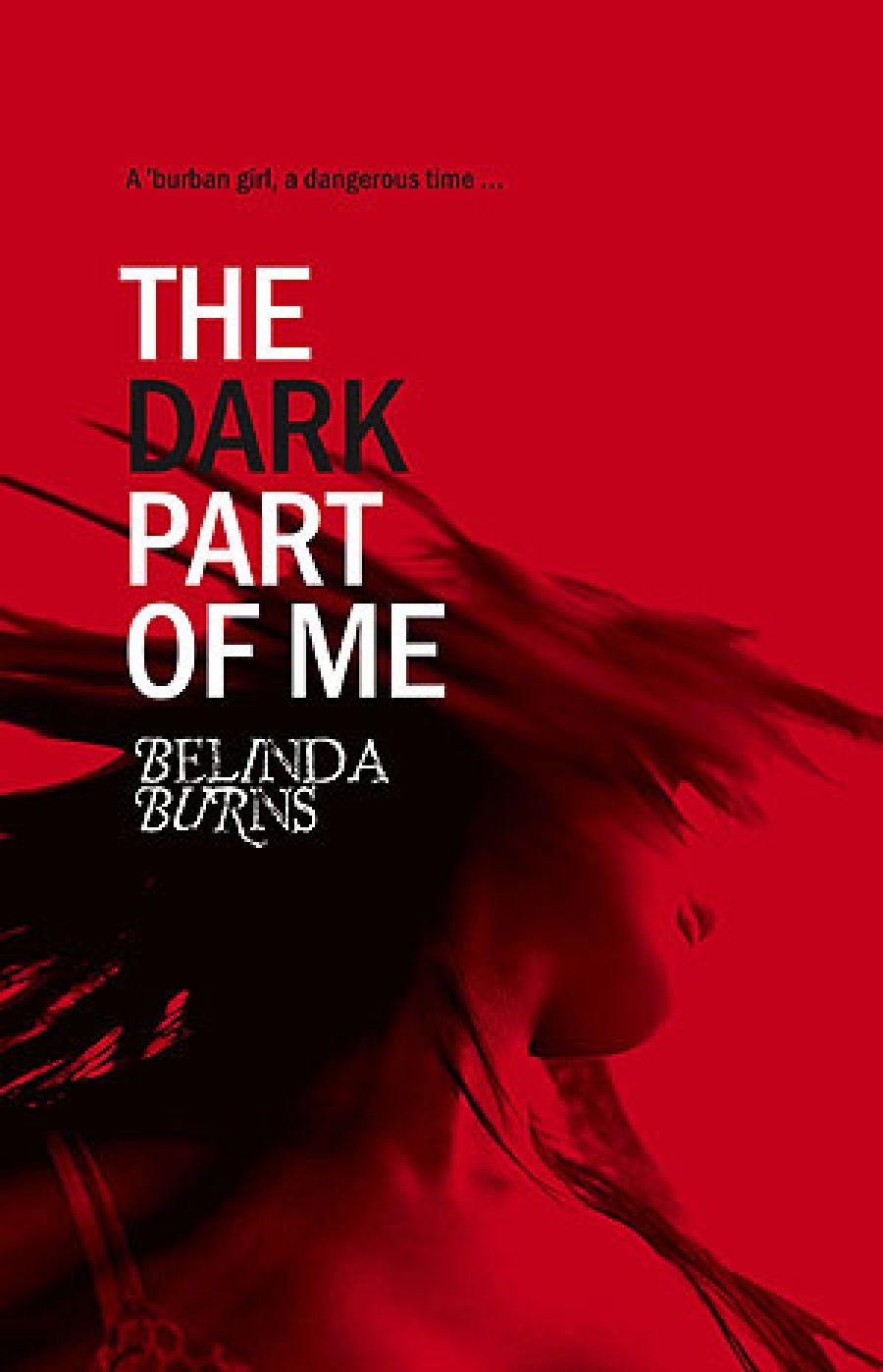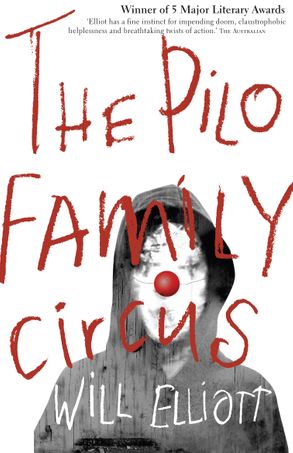
- Free Article: No
- Contents Category: Fiction
- Review Article: Yes
- Article Title: The artlessness of fiction
- Online Only: No
- Custom Highlight Text:
A number of books have been published of late that theorise the function of literature in contemporary society (a trend indicative of an anxiety about literature in public culture, which is itself worth speculating on). In Why We Read Fiction: Theory of the Mind and the Novel (2006), Lisa Zunshine argues that reading provides us with cognitive practice for our lives as social beings, in which we are called upon to interact with and interpret others. Characterisation, then, would seem to be an important component of the appeal and function of a text. Henry James recognised the importance of character to narrative long ago. In his famous essay, ‘The Art of Fiction’, he asked: ‘What is character but the determination of incident? What is incident but the illustration of character?’
- Book 1 Title: The Dark Part of Me
- Book 1 Biblio: HarperCollins, $26.99 pb, 291 pp
- Book 1 Readings Link: booktopia.kh4ffx.net/P0vy4X
- Book 2 Title: The Pilo Family Circus
- Book 2 Biblio: ABC Books, $29.95 pb, 312 pp
- Book 2 Cover (800 x 1200):

- Book 2 Readings Link: booktopia.kh4ffx.net/5bDgY9
These are ideas that Will Elliott and Belinda Burns, whose first novels are reviewed here, could note. Elliott’s The Pilo Family Circus and Burns’s The Dark Part of Me are plot-driven narratives. However, in the absence of engaging and authentic characters, even the narrated spectacles of slapstick violence and ménages à trois were not engrossing. The Pilo Family Circus won the inaugural ABC Fiction Award for a first novel in 2006. The premise is interesting. Like the Hollywood films Fight Club (1999) or The Game (1997), the novel traps its male character in a parallel universe of masculine violence and fear. The uncanny, in the form of clowns (as in Stephen King’s horror novel It [1986]), provides the link to a terrible world. The protagonist of the novel is Jamie, an Arts graduate working as a concierge for the Wentworth Gentleman’s Club. He is pushed around by the wealthy men at the club and by his male housemates. When his Nissan breaks down on his way home from work late one night, he comes across three male clowns acting bizarrely – even for clowns. Jamie picks up a small velvet bag tied with white string and takes it home. In a hook typical of the beginning of the novel, we read: ‘Unbeknown to him, these were the last eight hours of peace he would have for quite some time.’
The clowns, godlike, track him down, with devastating effects. These are no ordinary fun-loving clowns: they crucify dead animals, terrorise his housemates, break everything in sight and cover the house with sewage. They are the embodiment of destruction. They also issue Jamie with an ultimatum: make them laugh within forty-eight hours, or else. Jamie succeeds in his ‘audition’ and is taken over to the other side through a portaloo, which is the portal to hell.
Hell, it turns out, is a circus that can travel through time and place – like the Tardis in Dr Who – offering surprises to fair-goers who think they are attending a regular carnival. The circus is run by Kurt Pilo, a menacing creature who likes to snack on teeth and who is currently enjoying a Bible fad. He is given a real priest to play with on his birthday. Other characters include a melting man called Tallow and a sad glass-eater called Yeti, who feature in the freak show. There are also the violent, sophisticated acrobats with whom the ‘working-class’ clowns have an ongoing conflict. Jamie initially recoils from this grotesque world, but he finds that the face paint he is encouraged to wear turns him into the clown J.J., a character who revels in murder and mayhem, similar to Alex in A Clockwork Orange (1962). Will bipolar Jamie commit to the side of good or the side of evil?
While some of the characters and elements of the plot could be straight out of Buffy: The Vampire Slayer, Joss Whedon cared more about characterisation than Will Elliott does. Jamie never seems like a real person – even a real loser. As a result, I didn’t find myself particularly concerned about his fate. Early on, I thought the novel would reveal itself as a fascinating allegory of drunkenness. At other times, psychoanalytic interpretations of this schizoid universe seemed possible, as did a critique of class or masculine violence. But ultimately, the premise of the novel remains in the world of fantasy.
In the prose poem ‘Women’s Novels’, Margaret Atwood comments on the difference between men’s and women’s writing: ‘Men’s novels are about men. Women’s novels are about men too but from a different point of view. You can have a men’s novel with no women in it except possibly the landlady or the horse, but you can’t have a women’s novel with no men in it.’ While The Pilo Family Circus presents us with a world of men in which women are peripheral, Belinda Burns’s The Dark Part of Me presents us with a world of women to which men are central – indeed, pathetically so. The narrator, a naïf named Rosie, will suffer any humiliation to get her man.
Atwood also parodically writes: ‘I like to read novels in which the heroine has a costume rustling discreetly over her breasts, or discreet breasts rustling under her costume.’ In Burns’s novel, Rosie’s boobs often jiggle about freely or – if not under a costume per se – under her boob tube, announcing that we have left the traditional genre of the women’s novel, as Atwood describes it, for the new hybrid one of grunge chick lit.
When the novel opens, we find Rosie still deeply in love with her ex-boyfriend Scott. Since he dumped her to go overseas on a holiday with the boys, a trip known by his buddies as ‘Woody’s Worldwide Rooting Quest’, Rosie has become ‘alternative’. In the universe of the grunge chick lit novel, this means wearing long skirts and muslin tops, sporting a ‘butt-tattoo’, going to raves and taking ‘ecky’. While her friend Trish encourages her to try other men, Rosie finds that she lacks the ‘“casual rooting” gene’. Rosie, though, does not lack the inclination for bisexual experimentation, becoming known, along with her friend Hollie, as part of ‘The Loony Lesbos’ or ‘The Dyke Duo’. The despicable Scott finds this aspect of Rosie appealing. The novel, in addition to being a catalogue of Rosie’s masochism, is a portrait of Australian grotesqueries. Rosie’s mother is obsessed with cleanliness, so much so that she checks the funeral notices in newspapers in order to avoid hearses on the roads, the germs of corpses being the most virulent. A fair bit of old-fashioned melodrama is thrown in, with Hollie’s history revealed as being particularly histrionic. The novel also seems to offer a critique of patriarchy, with Rosie constantly suffering either sexual harassment or sidelining.
However, the novel does not ultimately deliver on the last front. While it had me wishing that Rosie would avenge her repeated humiliation on the explosive scale of Catherine Breillat’s protagonist in Romance (1999), the resolution – while certainly dramatic – is less satisfying. The cutesy narrative tone is also hard to reconcile with the potential for critique. We read of ‘spaghetti and wedges and soft-serve jumbling around in my belly like clothes in a washing machine’, followed by Rosie’s near-rape at a strip club. Rosie is not immune to admiring her breasts or even her bum crease in the mirror, and her infantile narcissism proves irritating. In addition, all the women have mind blowing orgasms from penetrative sex. Grunge chick lit often seems to verge on soft porn.
Burns’s Rosie, like Elliott’s Jamie, is ultimately inauthentic and uninteresting, with neither character allowing me, according to Zunshine’s theory of the novel, to flex my interpretative muscles. However, given that both novels have won prizes, readers seem to be taking the lazy (and anti-social?) option. Henry James said: ‘The story is just the spoiled child of art.’ Increasingly, it’s the story that we pander, but at what expense?


Comments powered by CComment